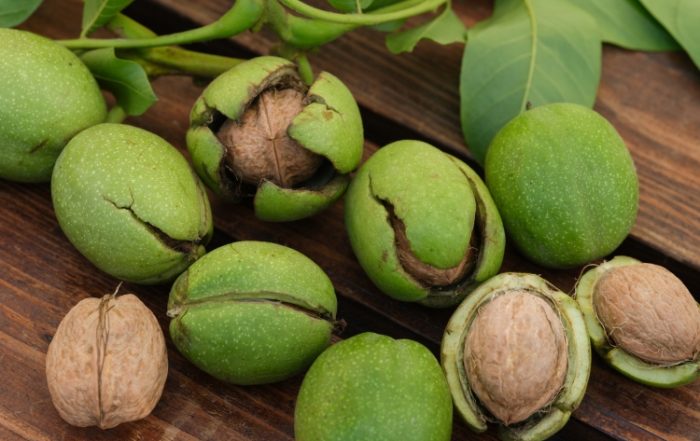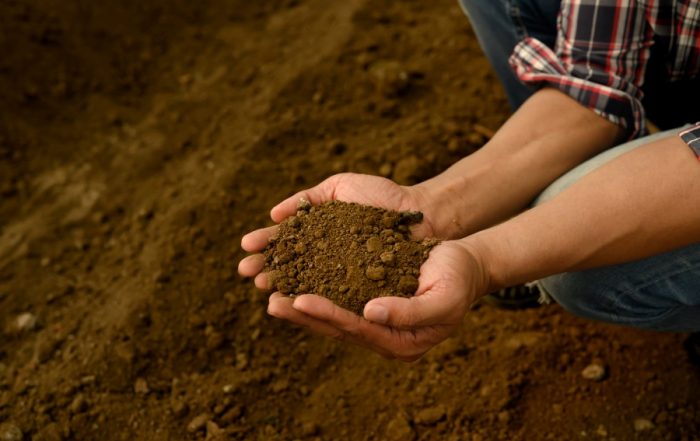Soil Amendment for Fruit Trees
I’ve heard conflicting information when it comes to whether or not the soil should be amended when planting fruit trees. I’ve also killed so many that I’m always on a mission to figure out exactly what I did wrong.
Soil Amendment for Fruit Trees in the Rochester Region
I have a nectarine tree that arrived in great health. Last year we had a few solid days of rain and I noticed that the leaves were curling up. I reach out to the online nursery where I bought the tree and they seemed to think the tree was drowning. So I replanted it and mixed a bunch of organic potting mix in with the soil. It recovered pretty fast and came back strong this year. Interestingly, nectarines are not supposed to be juglone tolerant. This one is fairly close to a black walnut, so I’m surprised it has lasted as long as it has. I guess we will see.
Amending soil refers to the practice of adding to the already present soil in order to enrich it. This can be done with compost, fertilizer, or peat moss.
This can be especially appealing with soil like what we have in Rochester. It is heavy with clay and does not drain well. Increasing organic matter can help with both draining in clay filled soils and with moisture retention in dryer soils such as those full of sand. It can increase antimicrobial activity. All of these things can help give a new tree a great head start. The problem with this practice is that making the planting hole too appealing can cause the roots to settle only in this enriched area and not spread out into the native soil. This can eventually stunt the growth of the tree. Since the roots don’t spread, the tree has less access to nutrients and water. The less heavy soil can also collect water, when it drains from the heavier clay filled areas. This can lead to root rot.
The soil amendments can also affect the pH of the soil or the nitrogen content. Altering these factors can affect how the tree will grown. Too much nitrogen causes the tree to put out leaves instead of focusing on root or fruit development. This can get complicated.
Fortunately, compromise is possible. Adding organic matter to a larger area than just the immediately planting hole can provide benefits without the limitations of just a smaller area. Another method that can help amend the soil is to add a thick layer of mulch around the base of the tree. This should be kept at least a few inches away from the trunk to prevent it sitting damp. The mulch will keep the ground moist and will eventually break down, providing organic matter to a much larger area over time. Mulch also keeps the soil at a moderate temperature, which helps to support a young fragile tree.
Compost is a great way to obtain organic matter to supplement the soil of your fruit trees. That can be a science in and of itself, but it is worth taking the time to learn how to do. Composting food scraps and leaves is so much better for our environment than throwing them into the trash. When food breaks down in an anaerobic environment such as a trash heap, it releases significantly more greenhouse gas such as methane. These contribute to climate change. I have a few tumbler style composters, mostly because I’m pretty lazy when it comes to my compost. Ideally these should be turned every few days to keep the heap warm and breaking down. But in Rochester it can be a huge chore to go out into the snow to do it…so when it’s too cold, I just don’t.
Eventually the weather will always warm up and once I start turning the tumblers again the compost will start to break down. Eggshells can provide calcium, but I’ve found if you don’t crush them before adding them to the heap they will never seem to break down. You also need to maintain a general balance between greens and browns, but that’s not that hard to do. I keep a full bin of leaves in my garage, and when the food waste starts to outweigh the leaves I just toss some in to try to maintain some balance. Meat and dairy should be avoided. They don’t break down well and attract pests, and also smell terrible if they get in there. I try to rotate through the composters so that once one is full, I start adding to the other side so that the full one has time to fully break down. Fully composted food waste is also referred to as “black gold”. I don’t always have the patience to wait until the compost is fully cured, but if it’s mostly broken down I think it’s generally good enough to toss around the bases of my trees. It’ll eventually all break down. That being said my fruit trees are relatively out of view, so I don’t really care if there are some visible egg shell pieces or avocado pits by them. This approach may not work for everyone.
The chemistry of the soil can also be tested to determine pH levels and what nutrients are present or lacking. This can help provide guidance as to what amendments might be appropriate for a site or a specific tree. This can be a lot of work though and I’m not there yet.





